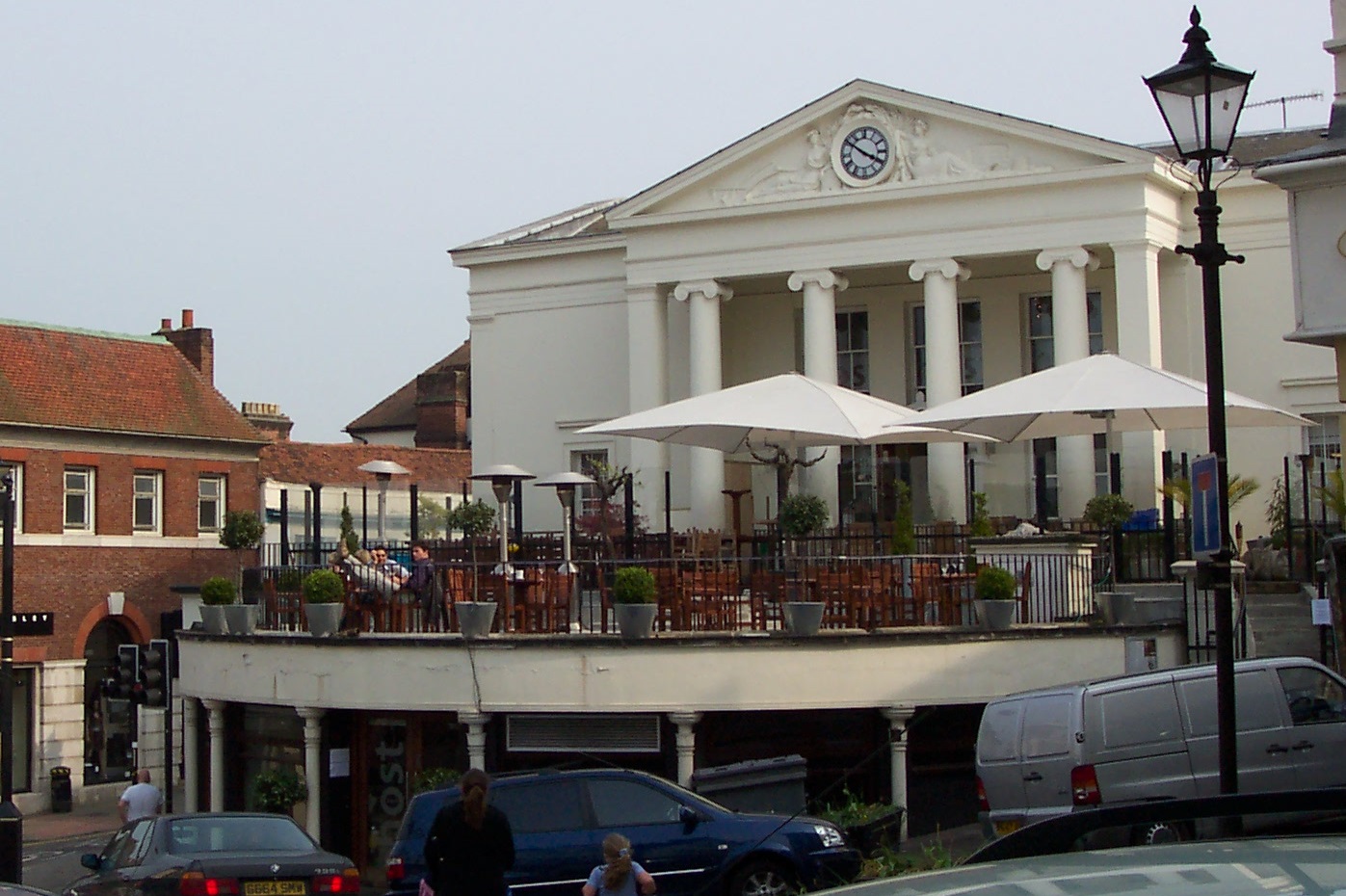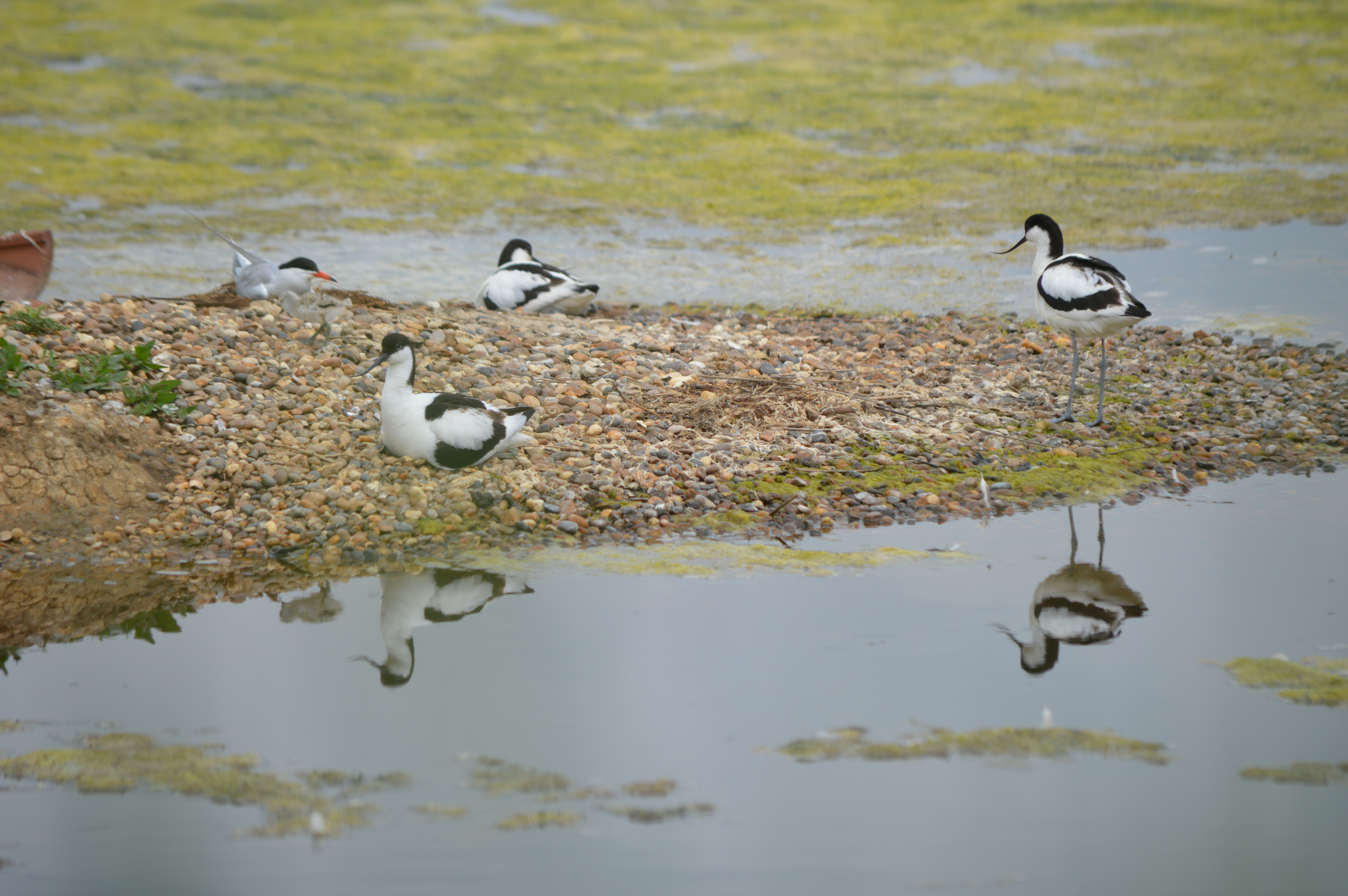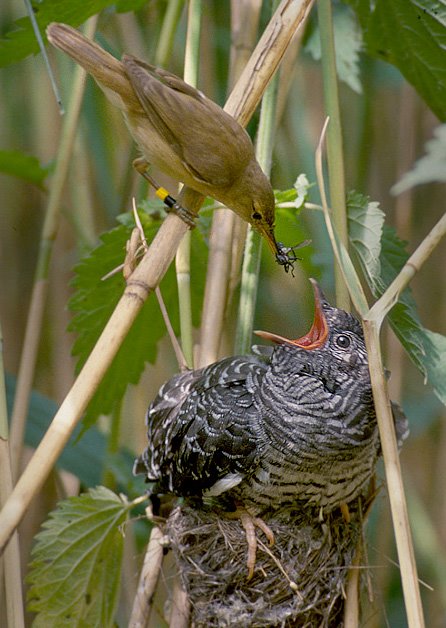|
Rushy Mead
Rushy Mead is a nature reserve on the bank of the River Stort in Essex, between Sawbridgeworth and Bishop's Stortford. Until the 1950s it was the site of a pumping station for a sewage works. It is owned by Thames Water and Wimpey Homes, and managed by the Essex Wildlife Trust. The name Rushy Mead comes from an old map showing the area as riverside meadows. The site has areas of sedges and reeds with water near the surface all year. They provide protection for snipe and water rails in the winter, and sedge and reed warbler The ''Acrocephalus'' warblers are small, insectivorous passerine birds belonging to the genus ''Acrocephalus''. Formerly in the paraphyletic Old World warbler assemblage, they are now separated as the namesake of the marsh and tree warbler famil ...s in the summer. The northern part is alder woodland with some ash and willow. In drier areas there is chalk grassland which supports a wide variety of wild flowers. The site also has many species of invertebrates ... [...More Info...] [...Related Items...] OR: [Wikipedia] [Google] [Baidu] |
River Stort
The River Stort is a river in Essex and Hertfordshire, England. It is 24 miles (38 km) long and flows from just south of the village of Langley to the River Lea at Hoddesdon. The river's name is a back-formation; the town of Bishop's Stortford does not derive its name from the River Stort, but the other way around. The 16th-century cartographers Christopher Saxton and William Camden named it the Stort, assuming the town of Stortford was named for its ford. The river was originally called the Stour. The Stort Navigation is the canalised section of the River Stort running 22 kilometres (14 mi) from Bishop's Stortford to its confluence with the Lee Navigation. It has 15 locks. Course The Stort rises north of Langley according to OS Explorer map 194 (GR 425358). From Langley, the Stort flows in a generally southerly direction through the villages of Clavering and Manuden and the market town of Bishop's Stortford. It then flows past Sawbridgeworth, before it changes ... [...More Info...] [...Related Items...] OR: [Wikipedia] [Google] [Baidu] |
Essex
Essex () is a county in the East of England. One of the home counties, it borders Suffolk and Cambridgeshire to the north, the North Sea to the east, Hertfordshire to the west, Kent across the estuary of the River Thames to the south, and Greater London to the south and south-west. There are three cities in Essex: Southend, Colchester and Chelmsford, in order of population. For the purposes of government statistics, Essex is placed in the East of England region. There are four definitions of the extent of Essex, the widest being the ancient county. Next, the largest is the former postal county, followed by the ceremonial county, with the smallest being the administrative county—the area administered by the County Council, which excludes the two unitary authorities of Thurrock and Southend-on-Sea. The ceremonial county occupies the eastern part of what was, during the Early Middle Ages, the Anglo-Saxon Kingdom of Essex. As well as rural areas and urban areas, it forms ... [...More Info...] [...Related Items...] OR: [Wikipedia] [Google] [Baidu] |
Sawbridgeworth
Sawbridgeworth is a town and civil parish in Hertfordshire, England, close to the border with Essex. It is east of Hertford and north of Epping. It is the northernmost part of the Greater London Built-up Area. History Prior to the Norman conquest, most of the area was owned by the Anglo-Saxon Angmar the Staller. The Manor of "Sabrixteworde" (one of the many spellings previously associated with the town) was recorded in the Domesday Book of 1086. After the Battle of Hastings it was granted to Geoffrey de Mandeville I by William the Conqueror. Local notables have included John Leventhorpe, an executor of both King Henry IV and King Henry V's wills, and Anne Boleyn, who was given the Pishiobury/Pishobury estate, located to the south of the town. The mansion and surrounding land was acquired by Sir Walter Lawrence, the master builder, in the 1920s. In 1934, he instituted the Walter Lawrence Trophy for the fastest century in county cricket. He built a cricket ground and ... [...More Info...] [...Related Items...] OR: [Wikipedia] [Google] [Baidu] |
Bishop's Stortford
Bishop's Stortford is a historic market town in Hertfordshire, England, just west of the M11 motorway on the county boundary with Essex, north-east of central London, and by rail from Liverpool Street station. Stortford had an estimated population of 41,088 in 2020. The district of East Hertfordshire, where the town is located, has been ranked as the best place to live in the United Kingdom, UK by the Halifax Quality of Life annual survey in 2020. The town is commonly known as “Stortford” by locals. History Etymology The origins of the town's name are uncertain. One possibility is that the Saxons, Saxon settlement derives its name from 'Steorta's ford' or 'tail ford', in the sense of a 'tail', or tongue, of land. The town became known as Bishop's Stortford due to the acquisition in 1060 by the Bishop of London. The River Stort is named after the town, and not the town after the river. When cartographers visited the town in the 16th century, they reasoned that the tow ... [...More Info...] [...Related Items...] OR: [Wikipedia] [Google] [Baidu] |
Thames Water
Thames Water Utilities Ltd, known as Thames Water, is a large private utility company responsible for the public water supply and waste water treatment in most of Greater London, Luton, the Thames Valley, Surrey, Gloucestershire, north Wiltshire, far west Kent, and some other parts of England; it has a considerable local monopoly. Thames Water is the UK's largest water and wastewater services company, and supplies of drinking water per day, and treats of wastewater per day. The area covered by Thames Water has a population of 15 million, that comprise 27% of the UK population. Thames Water is responsible for a range of water management infrastructure projects including the Thames Water Ring Main around London; the Lee Tunnel; Europe's largest wastewater treatment works and the UK's first large-scale desalination plant, both at Beckton. Thames Water awarded Bazalgette Tunnel Ltd the contract to build the £4.2 billion London Tideway Tunnel Infrastructure proposals by ... [...More Info...] [...Related Items...] OR: [Wikipedia] [Google] [Baidu] |
Wimpey Homes
George Wimpey was a British construction firm. Formed in 1880 and based in Hammersmith, it initially operated largely as a road surfacing contractor. The business was acquired by Godfrey Mitchell in 1919, and he developed it into a construction and housebuilding firm. In July 2007, Wimpey merged with Taylor Woodrow to create Taylor Wimpey. Wimpey was first listed on the London Stock Exchange in 1934. History Early years The business was founded by George Wimpey and Walter Tomes as a stone working partnership in 1880 in Hammersmith.White, p. 2 The company built the first Hammersmith Town Hall in 1896, and went on to lay the foundations for the first "electric tramway" in London in the late 1890s. The company also built the White City Stadium complex which included a series of pavilions and gardens for the Franco British Exhibition of 1908 as well as an 80,000-seat Olympic stadium for the 1908 Olympic Games. The Mitchell Era George Wimpey died in 1913 at the age of 58. His ... [...More Info...] [...Related Items...] OR: [Wikipedia] [Google] [Baidu] |
Essex Wildlife Trust
The Essex Wildlife Trust (EWT) is one of 46 wildlife trusts which cover the United Kingdom. The EWT was founded in 1959, and it describes itself as Essex's leading conservation charity, which aims to protect wildlife for the future and the people of the county. As of January 2017, it has over 34,000 members and runs 87 nature reserves, 2 nature parks and 11 visitor centres. Essex has one of the longest coastlines of any English county, with saltmarshes, lagoons, mudflats, grazing marshes, reedbeds and shingle. Its ancient forests were formerly important to the local economy, with wood being used for fuel, construction and bark in the tanning industry. Coppicing is being re-introduced by the EWT to encourage woodland grasses, flowers, invertebrates and birds. A few grasslands on the heavy clays of south- and mid-Essex are still grazed according to traditional methods, supporting a mixture of pasture and fen. Some brownfield sites, often on contaminated soil, have populations of na ... [...More Info...] [...Related Items...] OR: [Wikipedia] [Google] [Baidu] |
Snipe
A snipe is any of about 26 wading bird species in three genera in the family Scolopacidae. They are characterized by a very long, slender bill, eyes placed high on the head, and cryptic/ camouflaging plumage. The '' Gallinago'' snipes have a nearly worldwide distribution, the '' Lymnocryptes'' snipe is restricted to Asia and Europe and the '' Coenocorypha'' snipes are found only in the outlying islands of New Zealand. The four species of painted snipe are not closely related to the typical snipes, and are placed in their own family, the Rostratulidae. Behaviour Snipes search for invertebrates in the mud with a "sewing-machine" action of their long bills. The sensitivity of the bill is caused by filaments belonging to the fifth pair of nerves, which run almost to the tip and open immediately under the soft cuticle in a series of cells; a similar adaptation is found in sandpipers; this adaptation give this portion of the surface of the premaxillaries a honeycomb-like appear ... [...More Info...] [...Related Items...] OR: [Wikipedia] [Google] [Baidu] |
Water Rail
The water rail (''Rallus aquaticus'') is a bird of the rail family which breeds in well-vegetated wetlands across Europe, Asia and North Africa. Northern and eastern populations are migratory, but this species is a permanent resident in the warmer parts of its breeding range. The adult is long, and, like other rails, has a body that is flattened laterally, allowing it easier passage through the reed beds it inhabits. It has mainly brown upperparts and blue-grey underparts, black barring on the flanks, long toes, a short tail and a long reddish bill. Immature birds are generally similar in appearance to the adults, but the blue-grey in the plumage is replaced by buff. The downy chicks are black, as with all rails. The former subspecies ''R. indicus'', has distinctive markings and a call that is very different from the pig-like squeal of the western races, and is now usually split as a separate species, the brown-cheeked rail. The water rail breeds in reed beds and other ma ... [...More Info...] [...Related Items...] OR: [Wikipedia] [Google] [Baidu] |
Sedge Warbler
The sedge warbler (''Acrocephalus schoenobaenus'') is an Old World warbler in the genus '' Acrocephalus''. It is a medium-sized warbler with a brown, streaked back and wings and a distinct pale supercilium. Sedge warblers are migratory, crossing the Sahara to get from their European and Asian breeding grounds to spend winter in Africa. The male's song is composed of random chattering phrases and can include mimicry of other species. The sedge warbler is mostly insectivorous. Taxonomy The sedge warbler was formally described by the Swedish naturalist Carl Linnaeus in 1758 in the tenth edition of his ''Systema Naturae'' under the binomial name ''Motacilla schoenobaenus''. The species is now placed in the genus '' Acrocephalus'' that was introduced in 1811 by Johann Andreas Naumann and his son Johann Friedrich Naumann. British ornithologists did not distinguish the species from the Eurasian reed warbler until the 18th century. The genus name ''Acrocephalus'' is from Ancient Greek ... [...More Info...] [...Related Items...] OR: [Wikipedia] [Google] [Baidu] |
Reed Warbler
The ''Acrocephalus'' warblers are small, insectivorous passerine birds belonging to the genus ''Acrocephalus''. Formerly in the paraphyletic Old World warbler assemblage, they are now separated as the namesake of the marsh and tree warbler family Acrocephalidae. They are sometimes called marsh warblers or reed warblers, but this invites confusion with marsh warbler and reed warbler proper, especially in North America, where it is common to use lower case for bird species. These are rather drab brownish warblers usually associated with marshes or other wetlands. Some are streaked, others plain. Many species breeding in temperate regions are migratory. This genus has heavily diversified into many species throughout islands across the tropical Pacific. This in turn has led to many of the resulting insular endemic species to become endangered. Several of these species (including all but one of the species endemic to the Marianas and two endemic to French Polynesia) have already ... [...More Info...] [...Related Items...] OR: [Wikipedia] [Google] [Baidu] |







.jpg)
